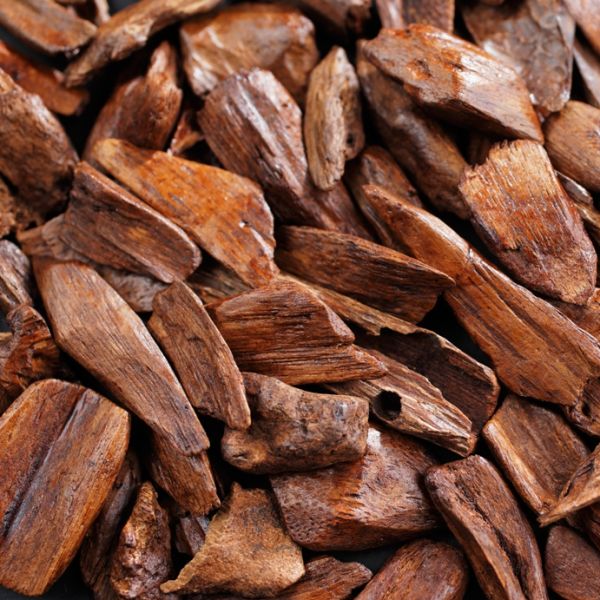| Latin Name: | Santalum austrocaledonicum |
| English Name: | Sandalwood |
| French Name: | Bois de santal |
| Family: | Santalaceae |
| Origin: | New Caledonia |
History and Origin
Sandal wood grows as a small tree feeding from planting sucker shoots in the roots of other trees. Hemiparasitic, it is unable to transform nutrients in the soil. The variety austrocaledonicum was discovered in 1840 on Pins Island, New Caledonia. In India, many temples were built with its fragrant wood. Some excerpts from the Bible make reference to the use of sandal wood for the crafting of harps, lutes and railings for the Temple of Jerusalem, in the time of Solomon. Sandal wood is still today very much used in Hindu rituals and ceremonies. For instance, it enters in the composition of pastes used in the Temples of Shiva for embalming. Traditionally used in the Pacific Islands as a fragrant addition to coconut oil, applied on the body and hair. It is also specially recommended to treat chronic bronchitis and pulmonary problems. Women in the Comoro Islands and Mozambique make a paste used as a facial mask worn outside of the privacy for skin regeneration and protection (from cooking, working in the fields, etc.).
Back in 1865, overexploitation already threatened the plant’s future. It is one of the reasons why Aliksir chooses cultures that respect ecological and environmental values. We want to ensure the species and ecosystems’ safeguard.





